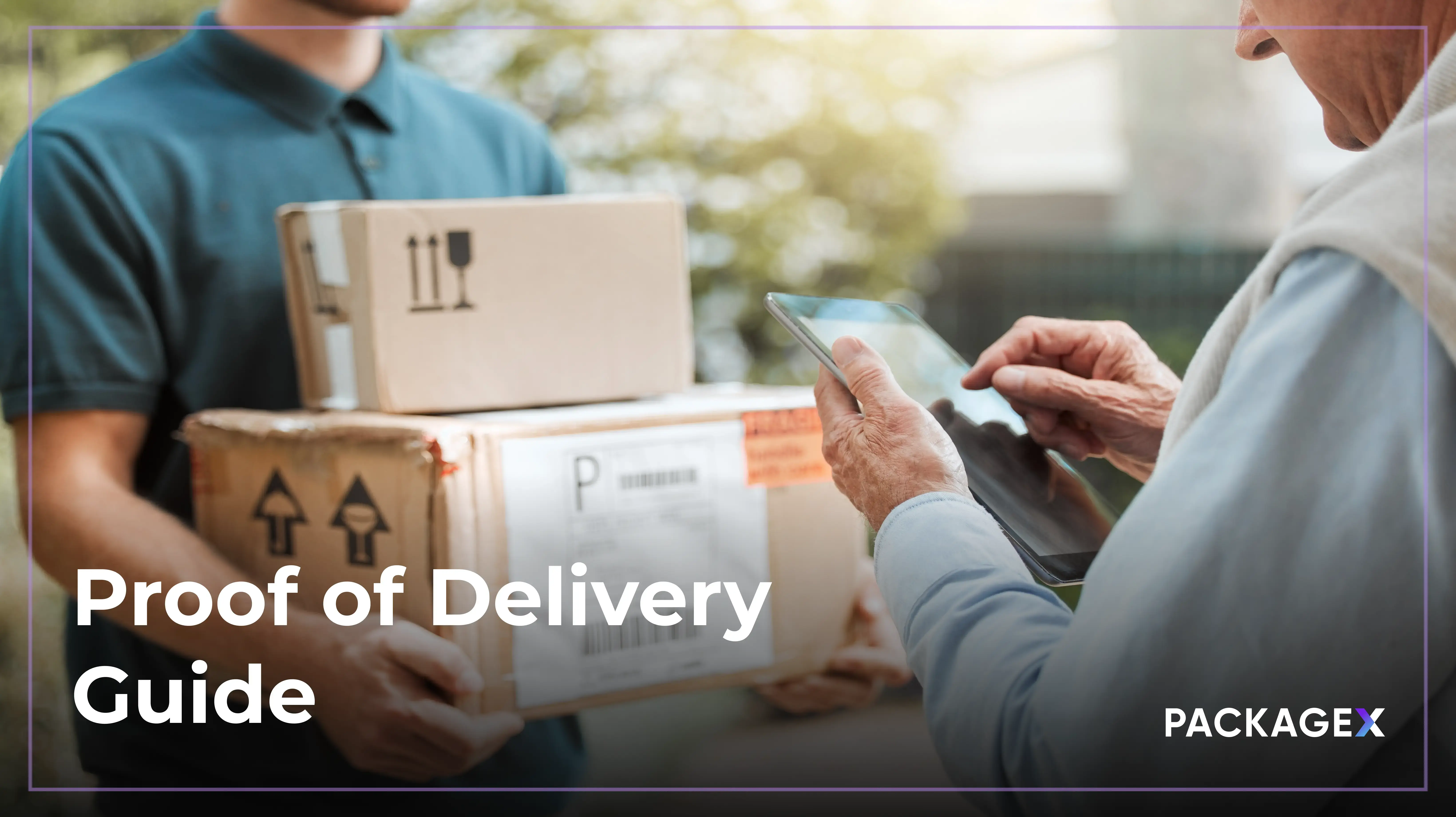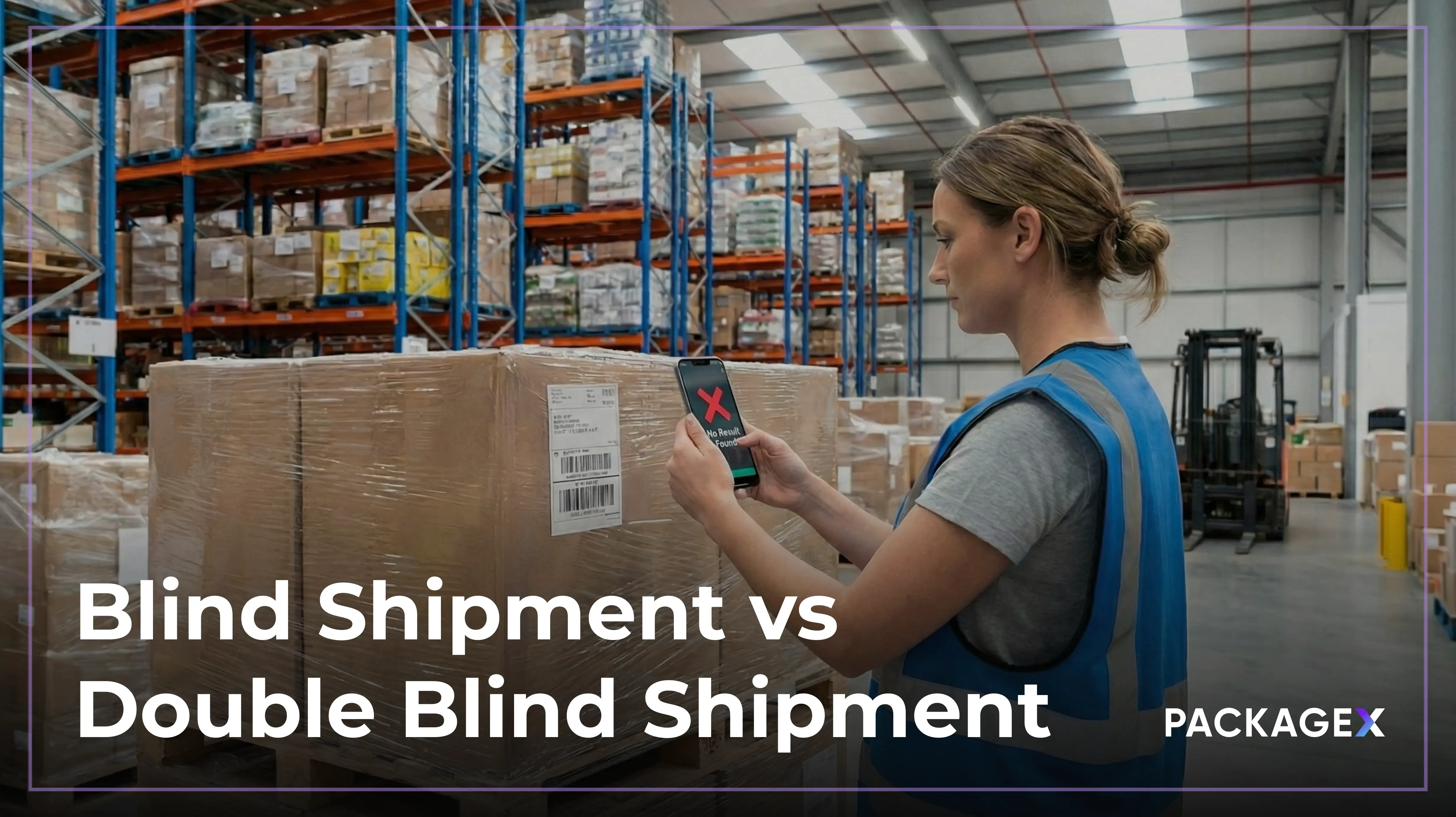Fulfillment center and warehouse are the terms often used interchangeably in logistics and supply chain management, but they actually serve surprisingly different purposes. While both are essential in storing inventory, their functions, capabilities, and goals vary significantly. Therefore, understanding the difference between fulfillment centers and warehouses is crucial in today's competitive retail landscape. Below, the two options are compared and contrasted in depth.
What is a Fulfillment Center?
A fulfillment center is a specialized facility retailers and third-party logistics providers (3PL) use to receive, store and manage inventory, plus fulfill shopper orders. Whether outsourced, managed in-house, or established in-store, they play a vital role in the supply chain, serving as hubs where products are received, processed, picked, packed, and shipped out to shoppers.
As ecommerce has surged in recent years, many retailers have also begun using their brick-and-mortar stores as fulfillment centers, leveraging their physical locations to expedite the delivery process and improve the shopper experience. An example that illustrates the strategic use of stores as fulfillment centers by retailers can be seen in Target's approach. Target utilizes its stores as fulfillment centers, which enables the company to reduce the time and costs associated with shipping orders.
Fulfillment centers are strategically designed and organized to maximize efficiency, accuracy, and speed in order processing and last-mile delivery. They often utilize advanced automation technology and supply chain management systems, such as warehouse management software, to optimize these processes. This makes fulfillment centers a crucial component of modern ecommerce operations.
How Does a Fulfillment Center Work?

Here's how a fulfillment center typically works:
Receiving and Storing Inventory: Suppliers or manufacturers send products in bulk to the fulfillment center. Upon arrival, the items are scanned into inventory and stored in designated locations within the center.
Inventory Management: Fulfillment centers are responsible for tracking inventory levels across the product catalog and sharing this information broadly to prevent stockouts or overstocking. Many fulfillment centers have adopted modern inventory management software so they can track and provide inventory level visibility in real-time.
Order Processing: When a shopper places an order, the fulfillment center retrieves the items, which are then picked from shelves and packed for shipping with appropriate packaging materials.
Shipping: The packaged order is then labeled with a shipping label and handed over to a carrier, such as FedEx, UPS, or a local courier service, for delivery to the customer.
Returns Management: Fulfillment centers often handle returns as well. When a customer initiates a return, the center processes it, assesses the condition of the returned items, and restocks them if they meet quality standards.
Benefits of a Fulfillment Center
Fulfillment centers can improve ecommerce operations, providing a seamless, efficient, and customer-friendly order fulfillment process. Here are some key benefits of utilizing fulfillment centers:
What Does a Warehouse Do?

On the other hand, warehouses are facilities used to store inventory and other items, typically in bulk, for an extended period of time. They provide a secure and organized environment for storing various types of goods, merchandise, raw materials, and excess inventory. Products are stored on shelves, racks, or in designated storage areas within the warehouse. Warehouses also facilitate cross-docking, a process that expedites the movement of goods by unloading them from incoming trucks or containers and then immediately loading them onto outgoing ones, minimizing storage time and enhancing overall supply chain efficiency.
According to an article from the Wall Street Journal, retailers and logistics operators are facing challenges in finding adequate space to store the increasing volume of goods that have overwhelmed warehouses. Prologis Inc., a logistics real-estate giant, anticipates that the surge in inventories might necessitate an additional 500 million square feet of warehouse space.
What is a Fulfillment Warehouse?
A fulfillment warehouse is a facility that combines the functions of both a traditional warehouse and a fulfillment center. It stores inventory and is equipped to process and fulfill customer orders. This means that, like a fulfillment center, it focuses on efficient order processing, including picking, packing, and shipping individual customer orders.
Omnichannel fulfillment has become a crucial aspect of modern retail operations. Retailers are adapting to changing consumer expectations by optimizing their warehouses for omnichannel fulfillment. They are now transforming their traditional warehouses into multifunctional facilities that combine aspects of both fulfillment centers and warehouses.
Fulfillment Center vs. Warehouse: What’s the Difference?
The main differences between fulfillment centers and warehouses lie in their primary functions and the services they offer:
{{returns-webinar}}
Frequently Asked Questions
Can a brick-and-mortar store be used as a fulfillment center?
Yes, utilizing a brick-and-mortar store as a fulfillment center has become a strategic adaptation for many retailers in the evolving retail landscape. This approach leverages the physical space of the store to store, pack, and ship online orders, thereby reducing delivery times by utilizing inventory that is proximate to customers. It also offers customers flexible shopping options like Buy Online, Pick up In-Store (BOPIS), and curbside pickup, enhancing the convenience and accessibility of online shopping.
Can an outsourced fulfillment center do one- or two-day delivery?
Yes, any shipping speed can be achieved coming out of an outsourced fulfillment center, and many retailers are leveraging fast shipping to meet the growing customer demand for rapid delivery services. The ability to offer expedited delivery options largely hinges on the strategic location of the fulfillment center, efficient inventory management, and whether the retailer is using on-demand carriers or a robust shipping carrier network.
What are the advantages of an in-house fulfillment center?
Managing an in-house fulfillment center offers retailers several benefits, primarily revolving around having complete control over the order fulfillment process ensuring adherence to brand standards in packaging and customer service. It provides the ability to manage inventory directly, reducing risks of stockouts or overstocking, and enables swift decision-making and problem resolution in operations.
Unlock Seamless Fulfillment with PackageX
The PackageX Logistics Cloud modernizes inbound, outbound, and four-wall logistics for fulfillment centers and warehouses. The Platform’s flexible suite of apps and APIs can easily integrate with any technology stack to meet the unique requirements of logistics service providers, retail stores, and more.
PackageX’s OCR API streamlines inbound logistics operations by converting any smartphone into a powerful universal label scanner that reads every bit of text on the label, including barcodes and QR codes. This can be automatically matched against digital manifests and inventory or synced with an Order Management System (OMS).
Streamline four-wall logistics operations with flexible workflows for meeting your sorting, storage and order fulfillment needs. PackageX’s outbound logistics APIs automatically select the best rate for every package, plan for dispatch, and track the item’s journey to its final destination.




